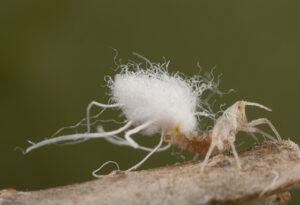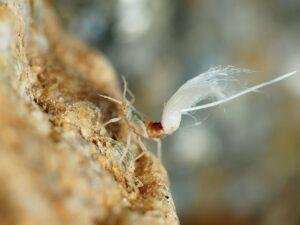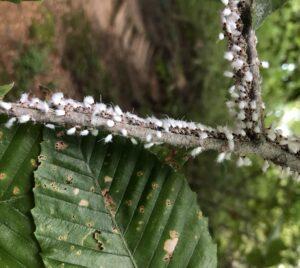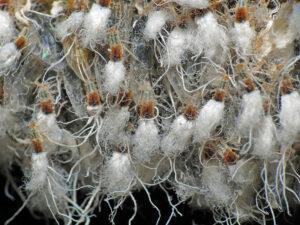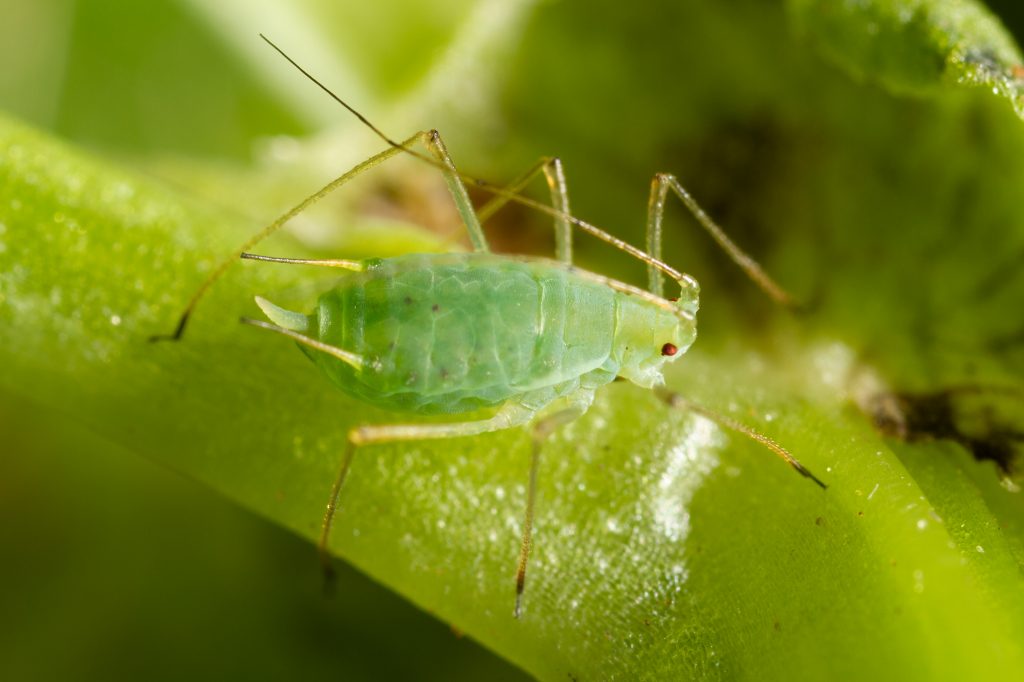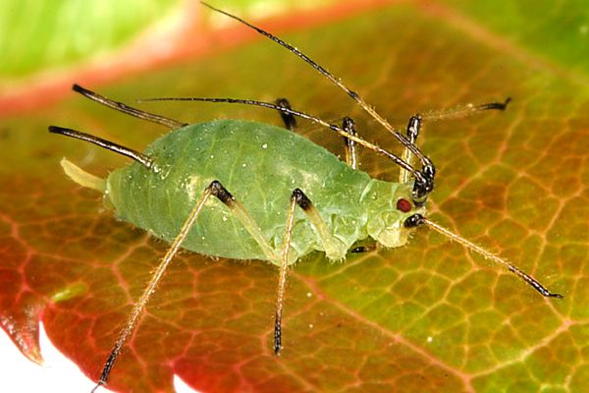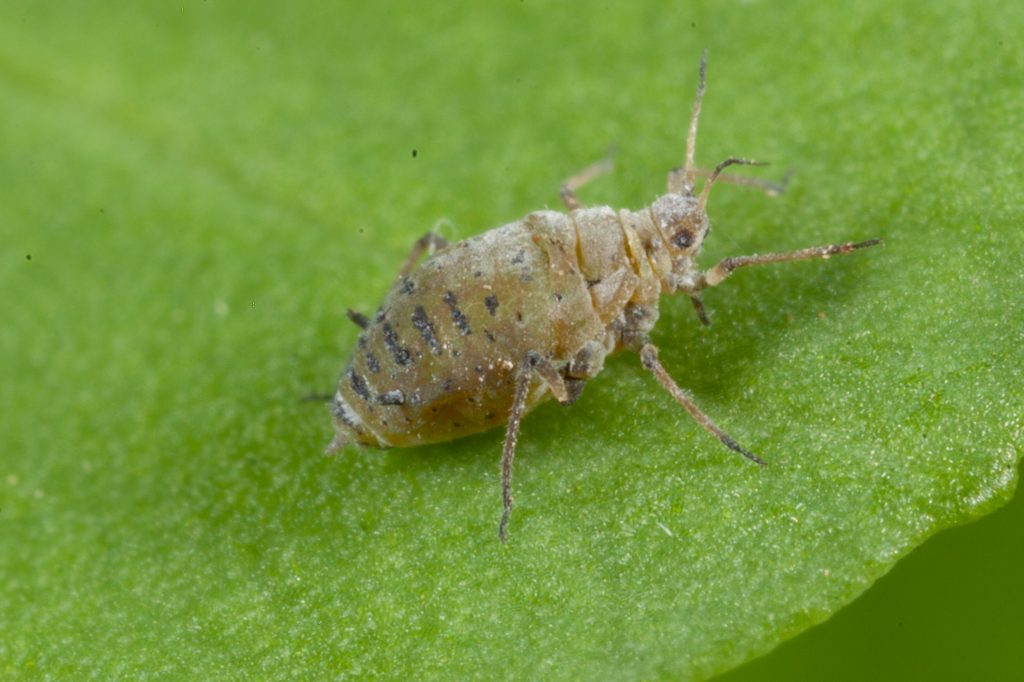Beech Blight Aphid (Grylloprociphilus imbricator)
Updated on
17/11/2022The beech blight aphid, a tiny, soft-bodied insect, forms dense colonies on small branches, twigs, and under surfaces of leaves of beech trees, commonly American beech trees, their primary host. They have a secondary host, the roots of the bald cypress, and may alternately lodge between the two hosts or remain on only one the entire year.
They usually don’t cause much damage to the overall health of the host tree, but dieback occasionally occurs on heavily infested branches. Twigs may die in such cases, but the damage to the tree is minor.
Scientific Classification
- Class:Insecta
- Order:Hemiptera
- Suborder:Sternorrhyncha
- Family:Aphididae
- Subfamily:Eriosomatinae
- Genus:Grylloprociphilus
Conservation Status
Description
Beech blight aphids are light bluish in color. They have a wooly appearance owing to long, white, waxy filaments covering their bodies. This is why the infested trees appear to be covered with snow.
Distribution: Maine to Florida, and Ohio.
Habitat: American beech, bald cypress.
Do They Bite/Sting: Yes.
Lifespan: 2-3 years.
Predators: Harvester butterfly larvae, Tennessee warblers.
Behavior and Characteristics
Diet
They use their mouthparts to suck the sap of the hosts. They then produce a sweet, sticky waste product called honeydew from the plant juices. Since honeydew is food for ants, they flock near the aphids to harvest it. The honeydew can become the breeding ground of sooty mold, a kind of fungus that creates a dense, fuzzy, black layer on top of it.
Defense Mechanism
To deter its predators, it raises the rear end of its body and sways it when its colony is disturbed. Many beech blight aphids performing this dance-like action in unison have earned them the name, boogie-woogie aphids.
Getting Rid of Beech Blight Aphids
They can be blasted off the trees by a jet of water or can be controlled by using pesticides meant for aphids. Insecticidal soap and horticultural sprays are also effective against them.
Source
bugguide.net, inaturalist.org, influentialpoints.com, entomology.ces.ncsu.edu




